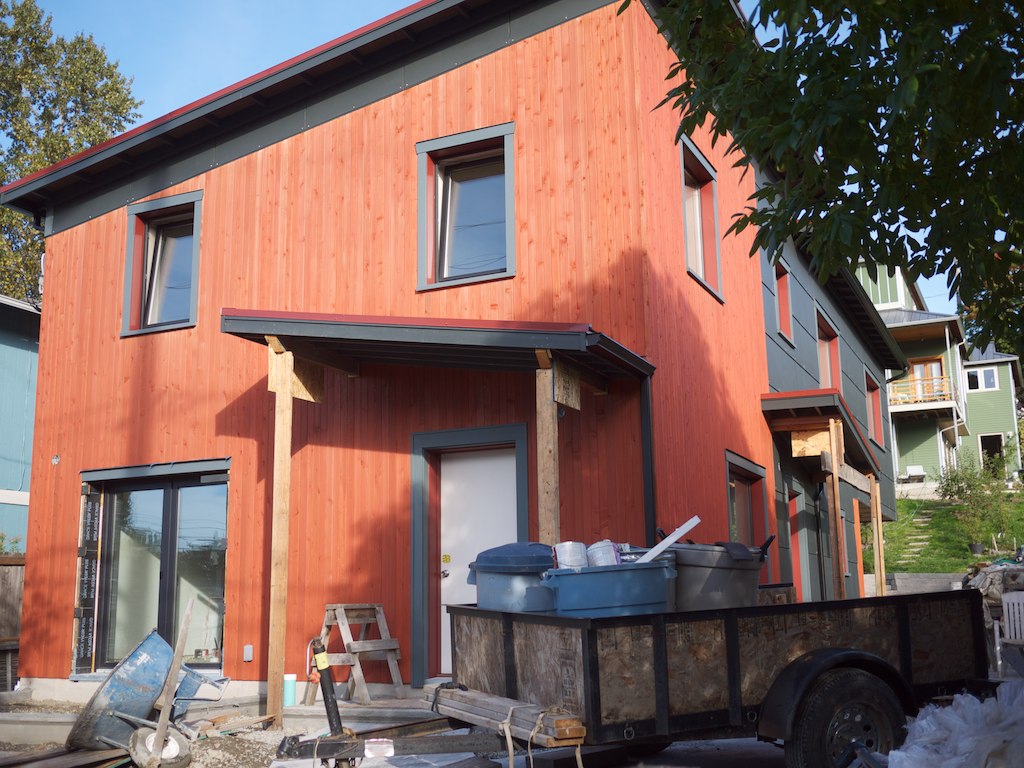The North American Passive House Network has published a free e-book explaining the principles of Passivhaus and net-zero-energy construction techniques.
Net Zero Energy Buildings: Passive House + Renewables advocates for construction of Passivhaus buildings with renewable energy to achieve net-zero-energy structures. The publication explains the fundamentals of Passivhaus structures including high levels of insulation, high-quality glazing with thermally insulated window frames, strategies to minimize thermal bridging, low air leakage rates, and efficient mechanical ventilation systems.
One section covers successful individual projects. Examples include new construction and retrofits, including single-family and multifamily dwellings from around the country.
Links to web sites where more information may be available are provided.
Related Stories
| Aug 11, 2010
Special Recognition: Kingswood School Bloomfield Hills, Mich.
Kingswood School is perhaps the best example of Eliel Saarinen's work in North America. Designed in 1930 by the Finnish-born architect, the building was inspired by Frank Lloyd Wright's Prairie Style, with wide overhanging hipped roofs, long horizontal bands of windows, decorative leaded glass doors, and asymmetrical massing of elements.







